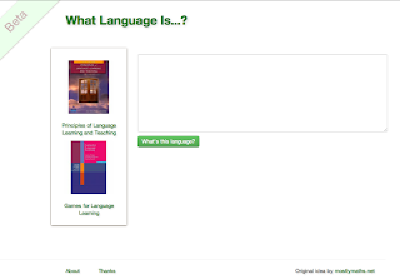_‘Of course I don’t have to do this,’ one middle-aged man said, carefully cleaning the table with a damp cloth. He put the cloth in a little pouch, sat down beside him. ‘But look; this table’s clean.’ _ _‘Usually,’ the man said. ‘I work on alien - no offence - alien religions; Directional Emphasis In Religious Observance; that’s my speciality… like when temples or graves or __prayers always have to face in a certain direction; that sort of thing?
Sensitive information blanked
The gnusnotes.el package, with delete and edit capabilities is now available in the marmalade package repository. This post just explains why, how and what (code at the end, too)
Last month I switched email clients (for the 4th time in the past year.) I’ve passed through gnus, Thunderbird, mail.app and settled with Sparrow. Just 2 days before Sparrow was bought by Google I left for gnus (lucky moment!
From Flickr
No, this is not a tutorial (but I do have written the standard steps to learn below). I began learning to juggle very recently. I just want to answer a possible “why”?
I’ve always been fascinated by juggling, and every time I wanted to eat more than 2 small oranges I’d try my hand at juggling them. Always followed by bowing and picking them from the ground, of course.
From
The Design of the Emacs Logo
I’ve been thinking about getting a new Macbook lately (my heart and wallet were divided among a 11" Air or a 15" Retina Pro). My 4-year old Macbook (Early 2008 I think, 2 GB Ram, Intel Core Duo 2.4 GHz) was showing its age. Mainly when I had the RAM and cache hungry inhabitants of my dock active: Yorufukurou (the best twitter client for managing multiple accounts in a Mac I’ve seen) and Sparrow (mail client).
Note from 2020: The domain mentioned in the post is no longer active (or mine at least), I cancelled this project some time ago
Last week I wrote about ~whatlanguageis.com~, my first simple try at creating a Django powered site. How did it came to be?
In the last few months have been writing and thinking about several ideas to process social data with Python, undoubtedly motivated by the great book Mining the Social Web.
Lately I’ve been coding a little more Python than usual, some twitter API stuff, some data crunching code. The other day I was thinking how I could detect the language a twitter user was writing in. Of course, I’m sure there is a library out there that does it… But the NLTK library (the Natural Language Toolkit for Python) does not have any function for this, or at least I was not able to find it after 5 minutes of Google search.
